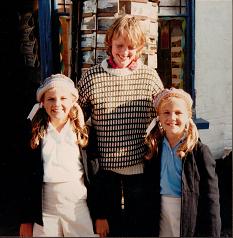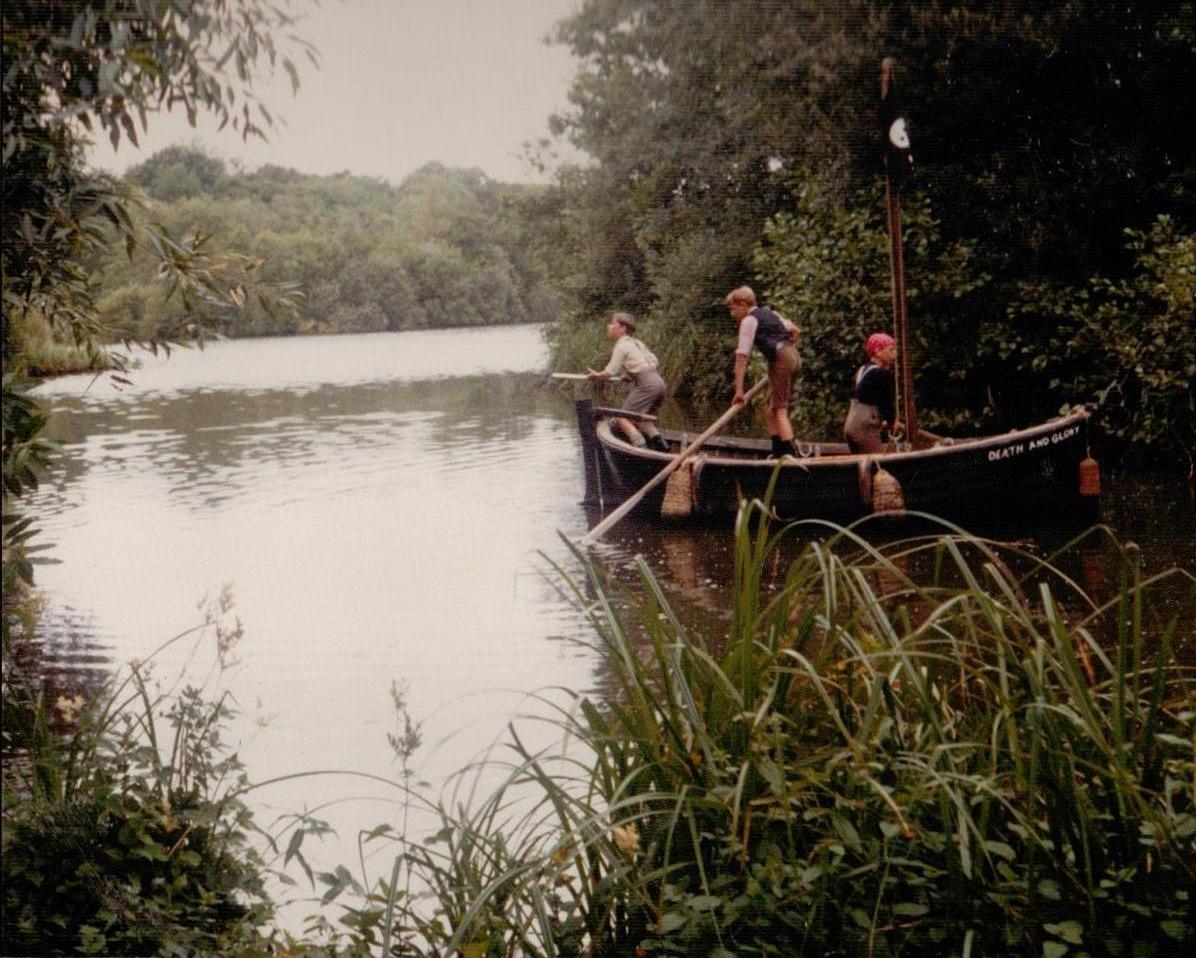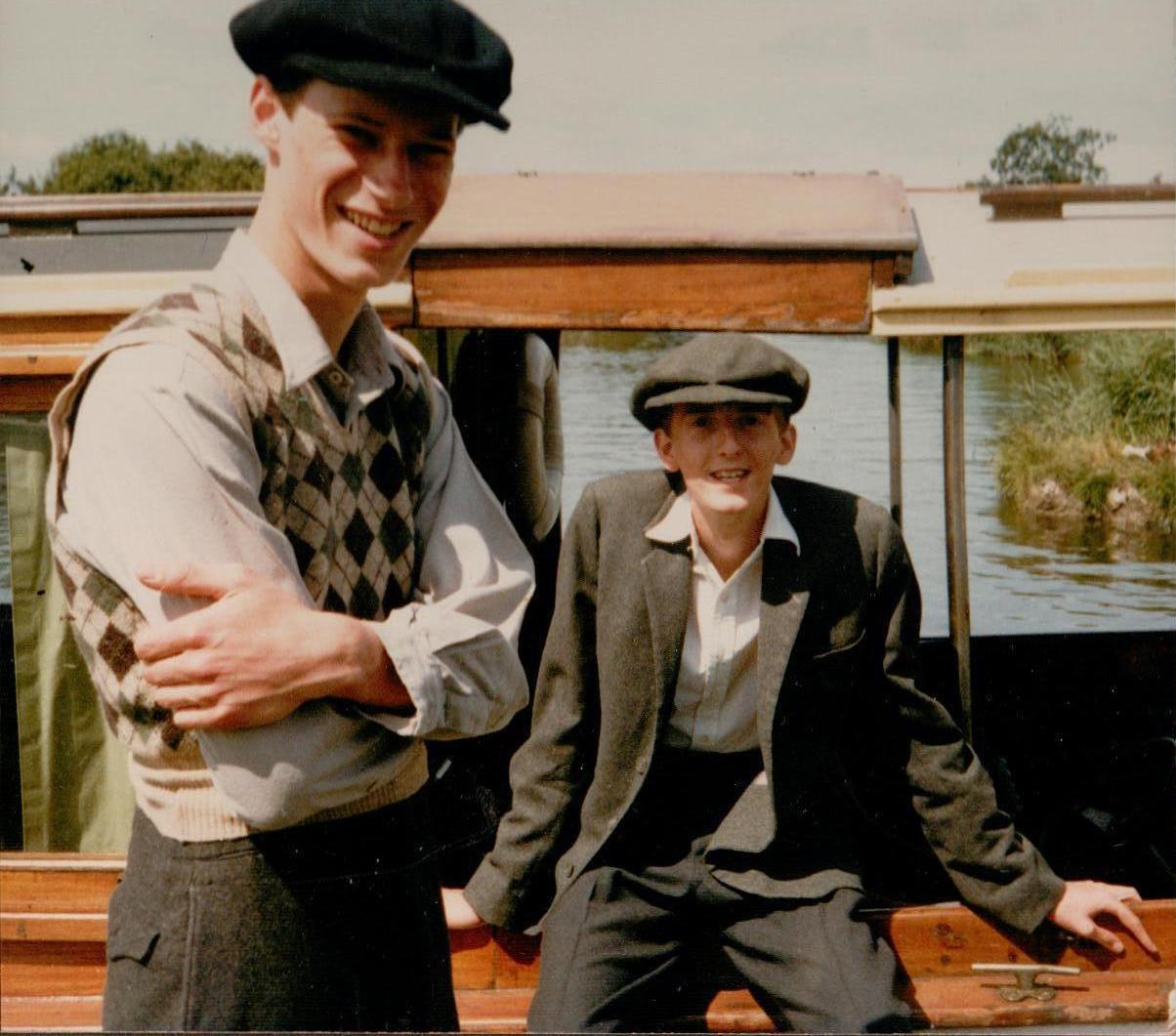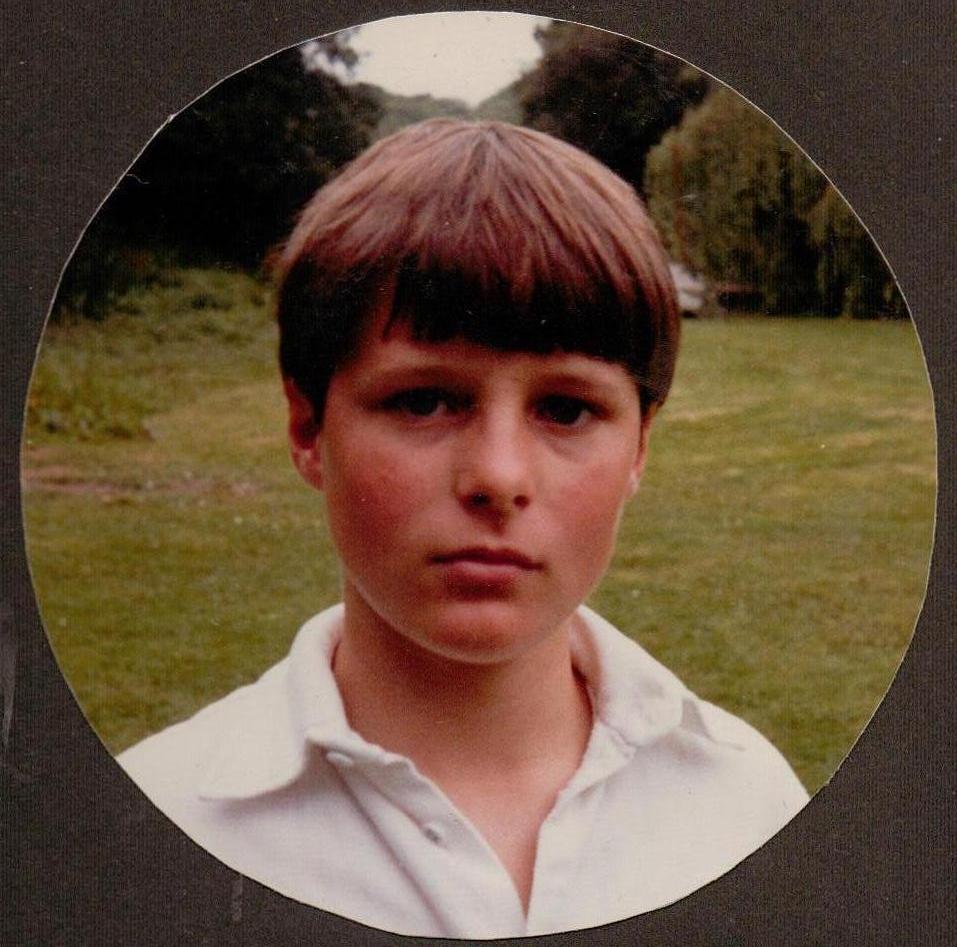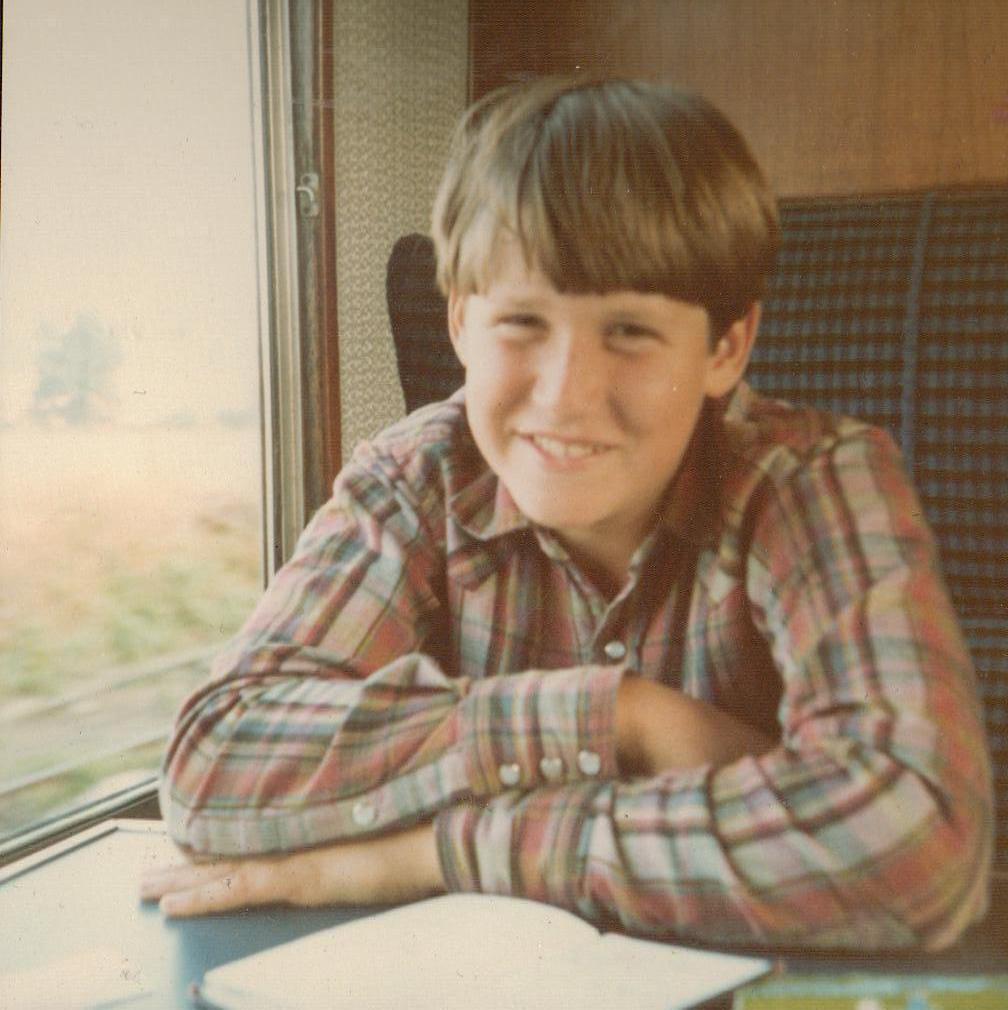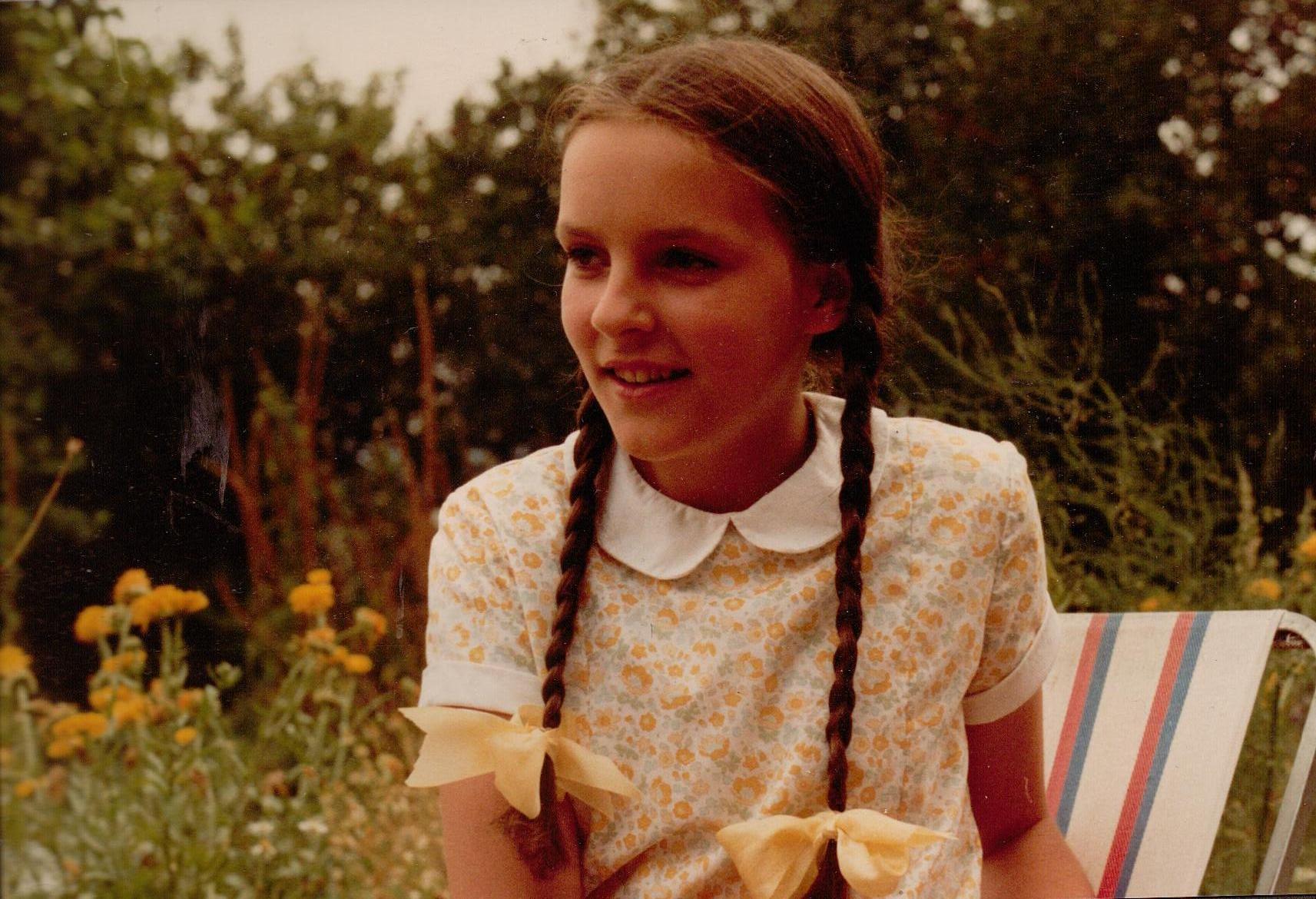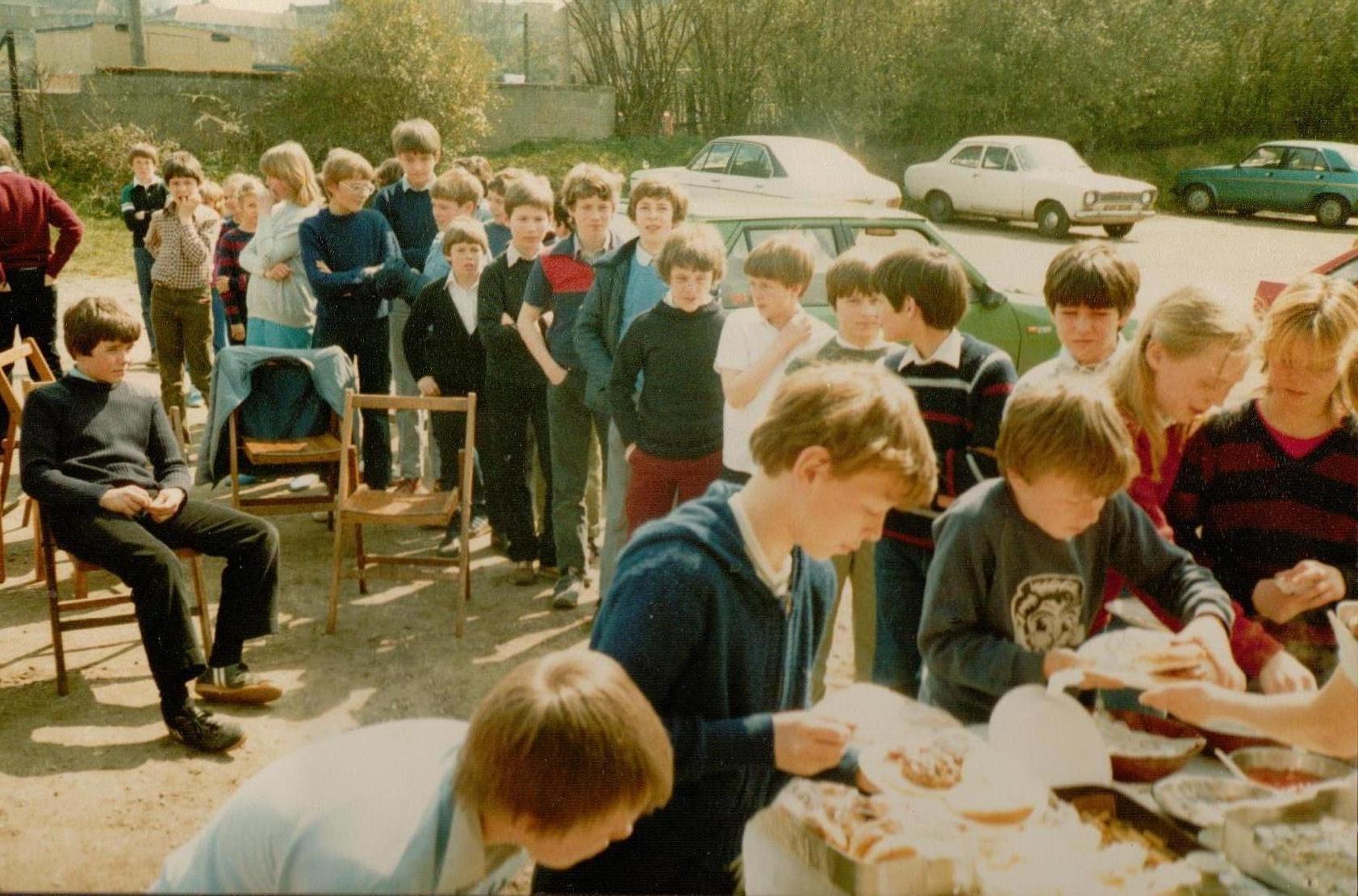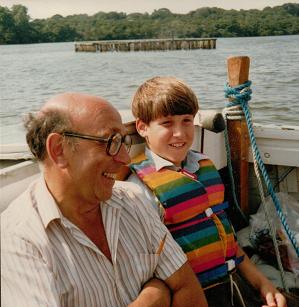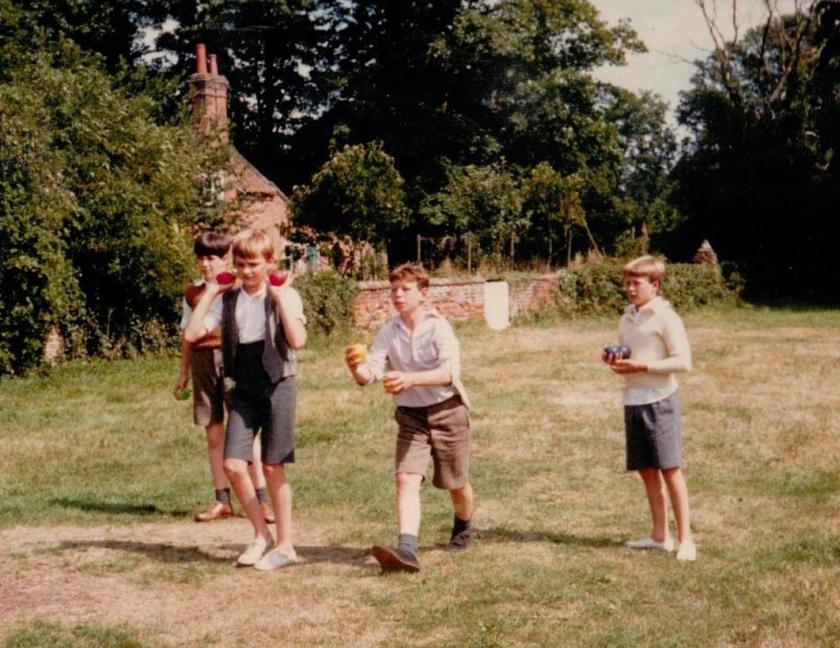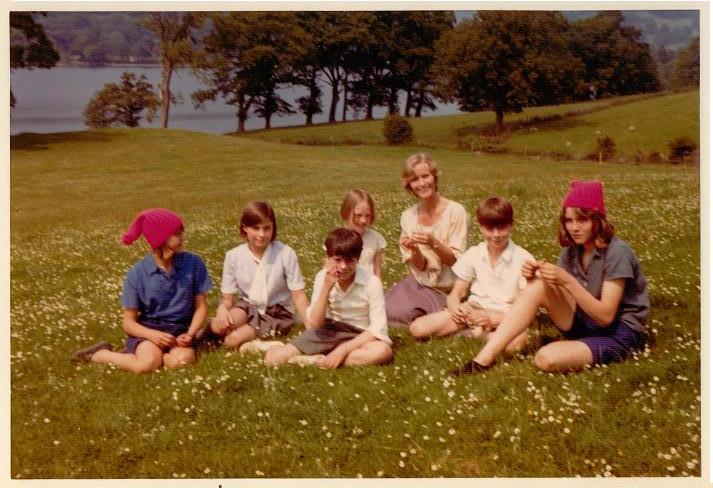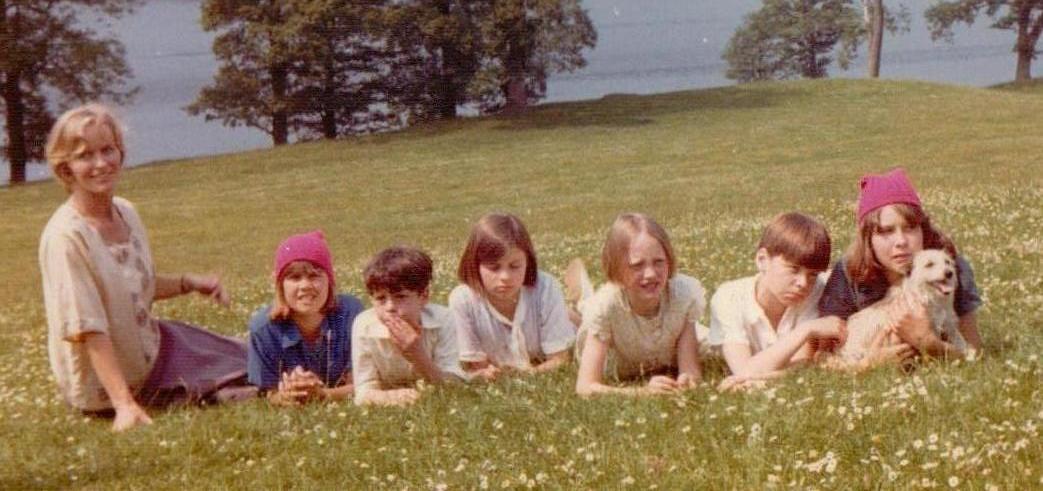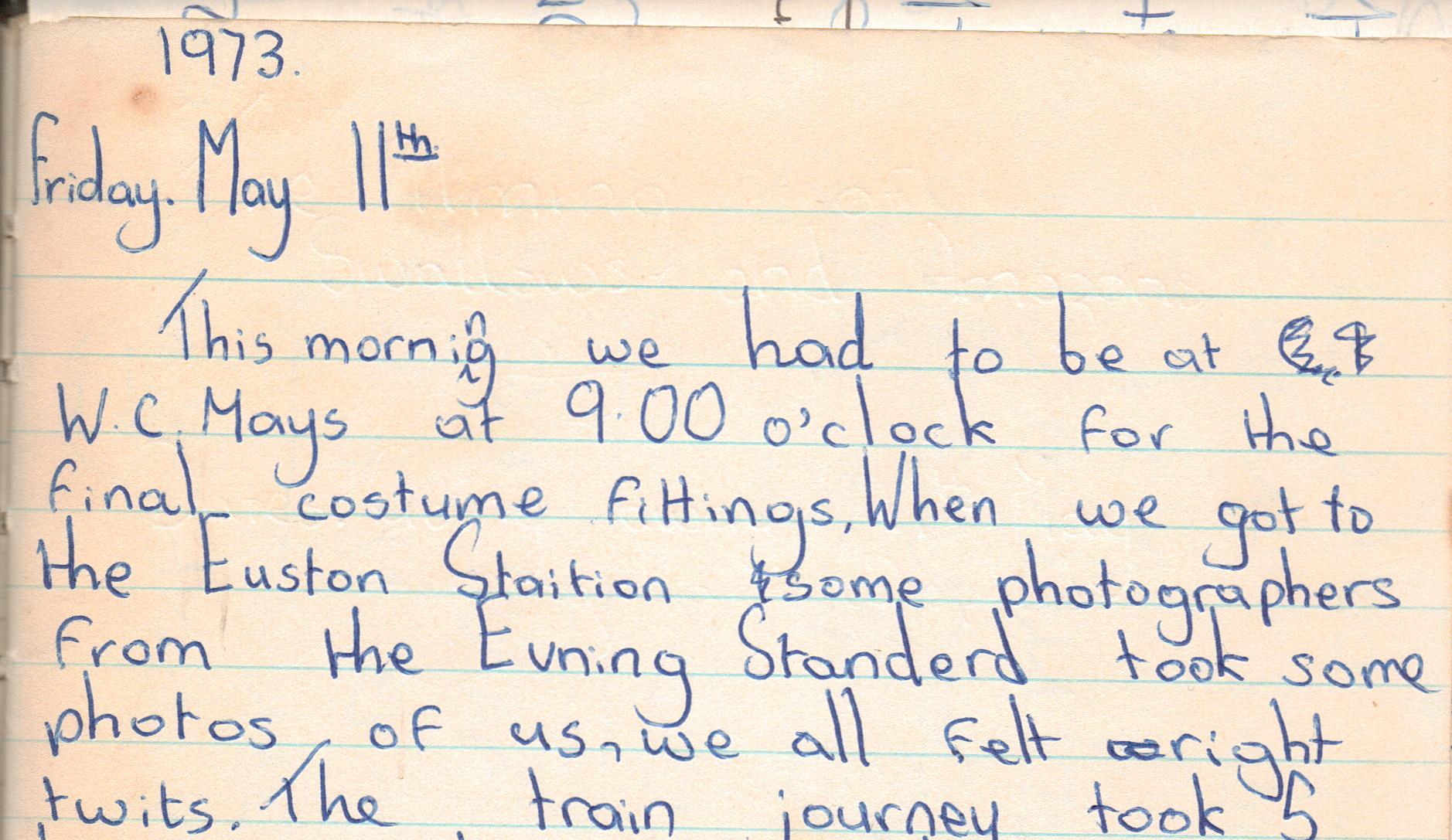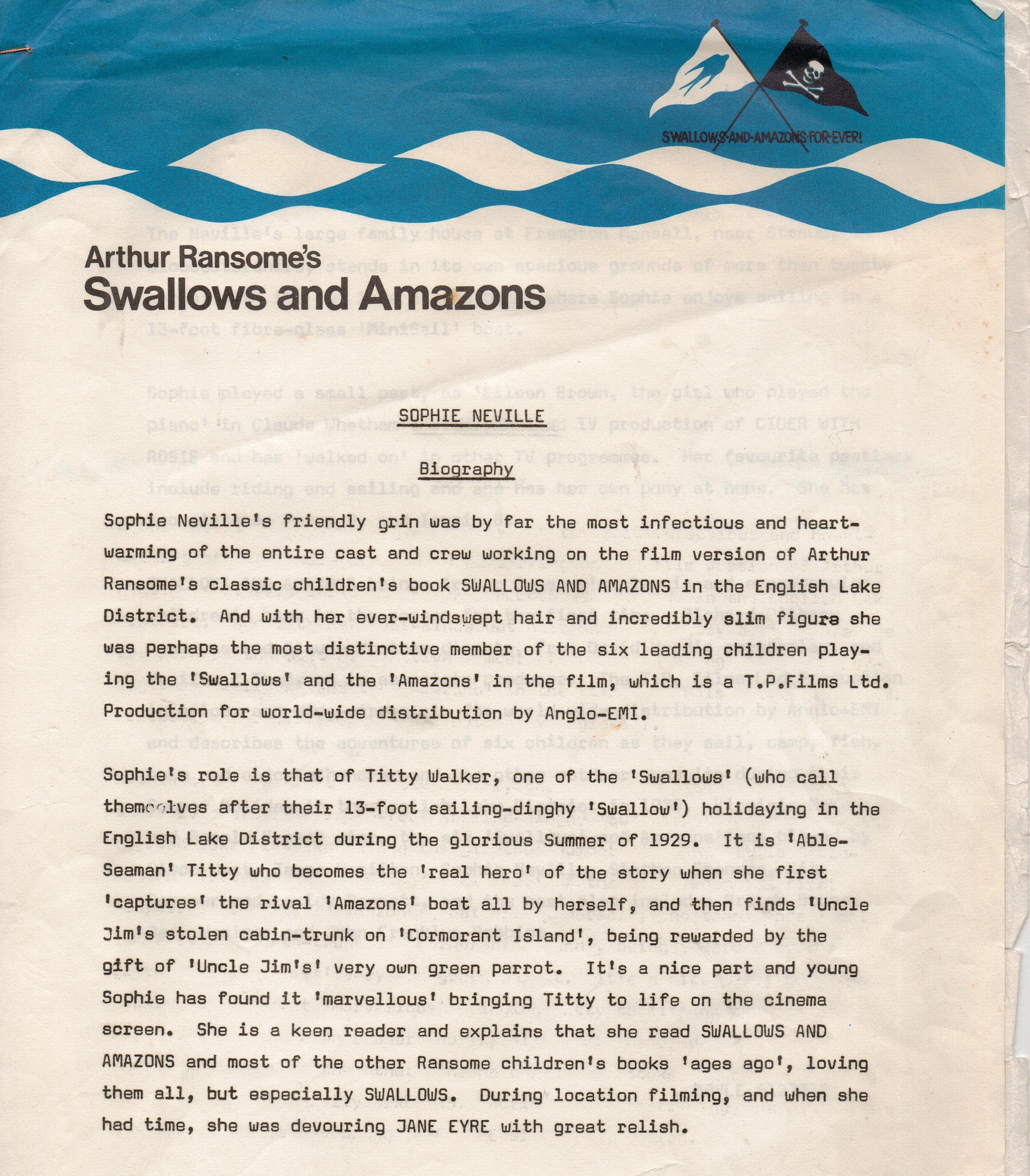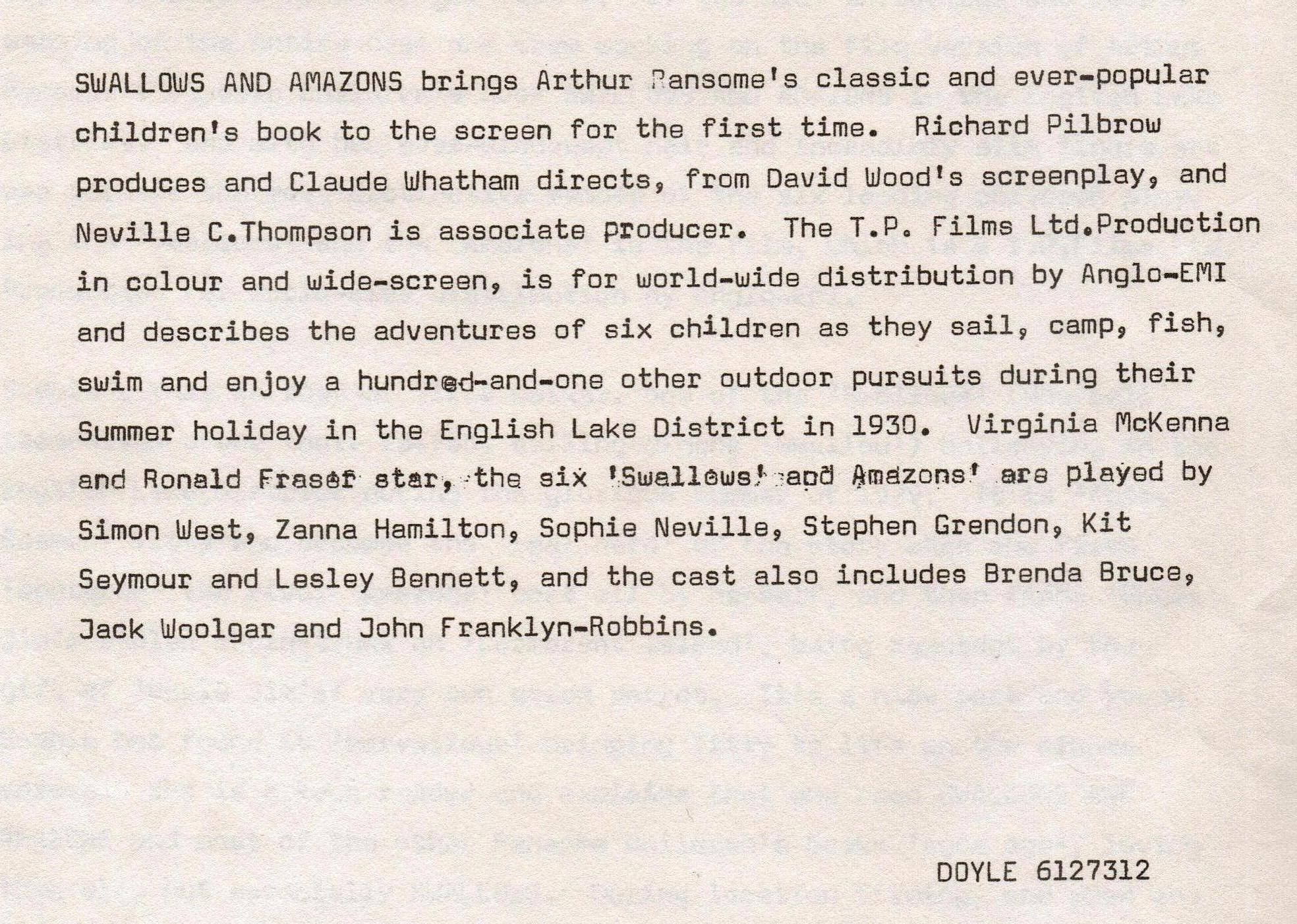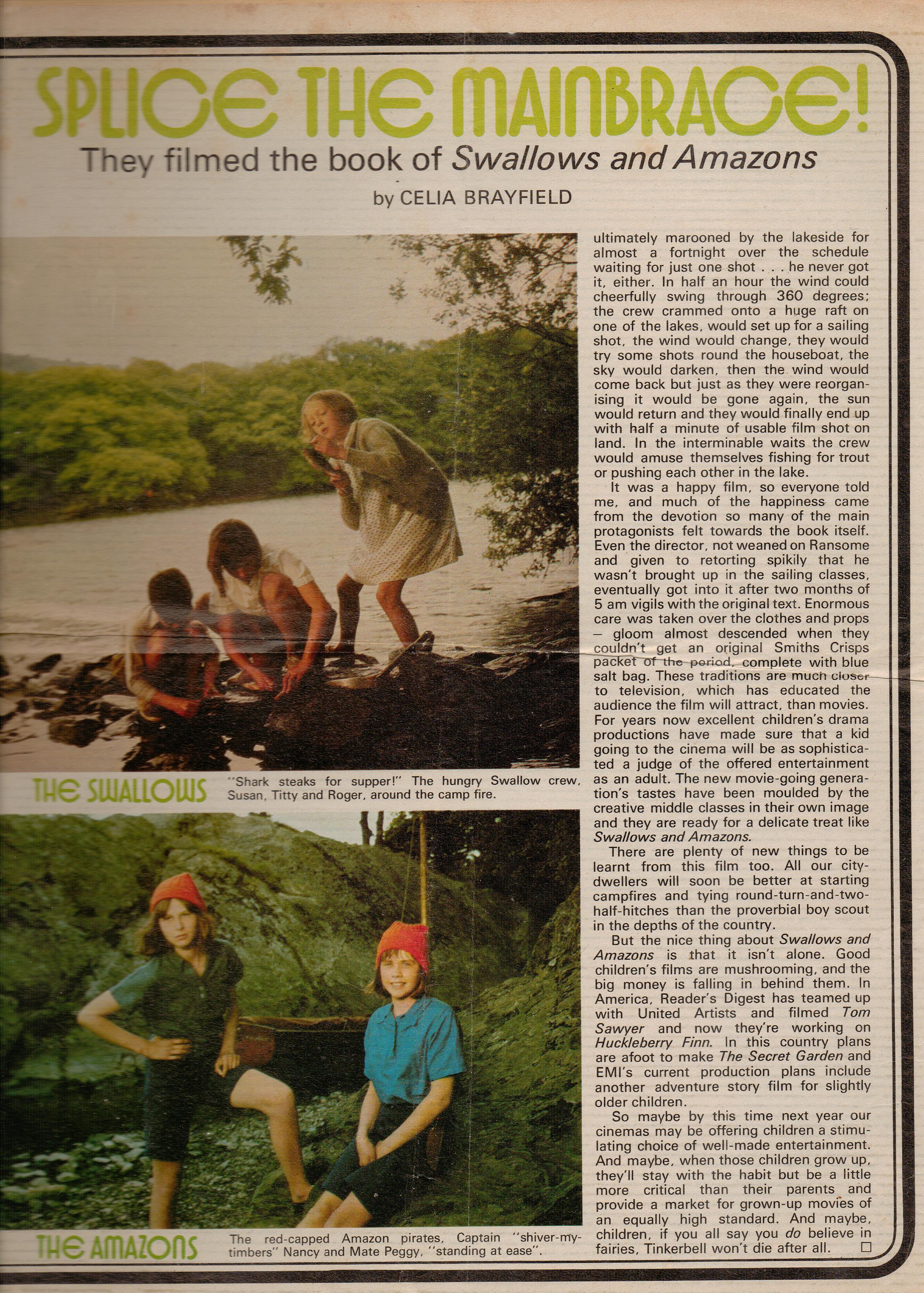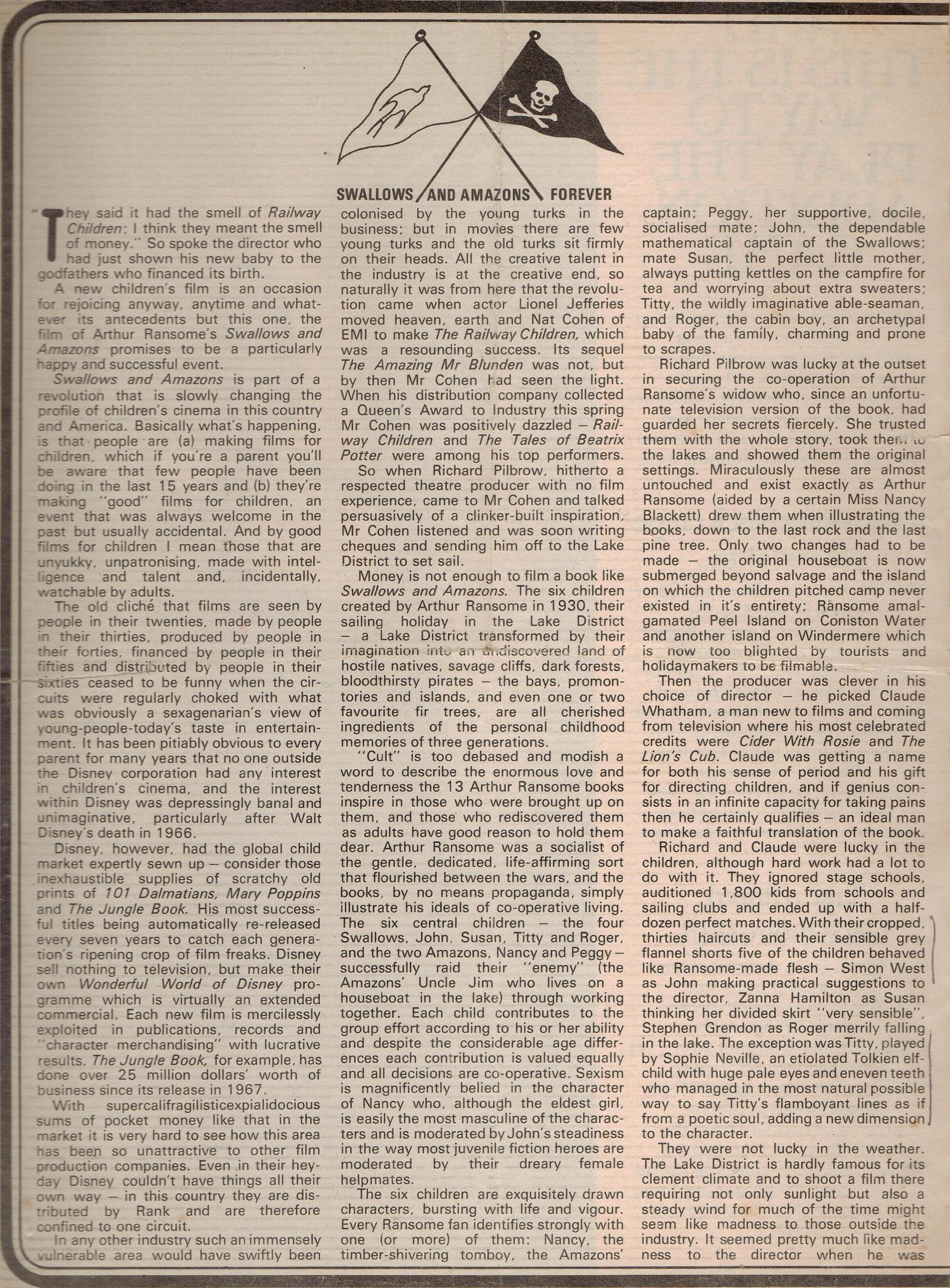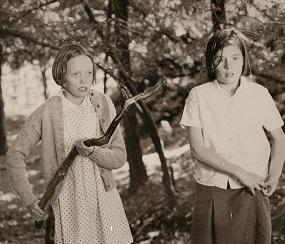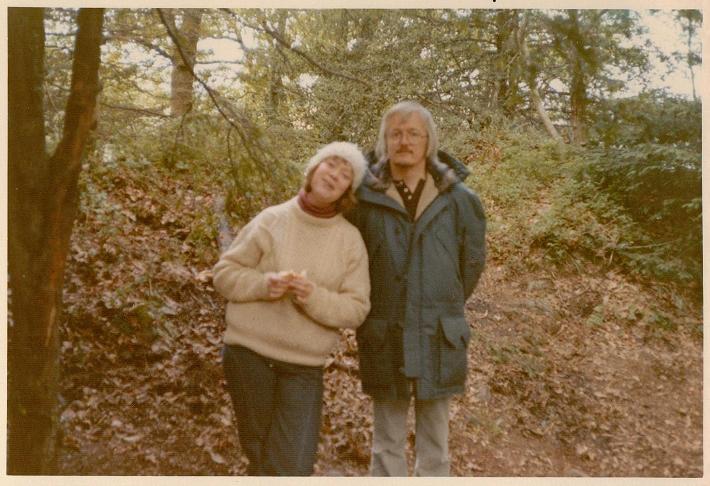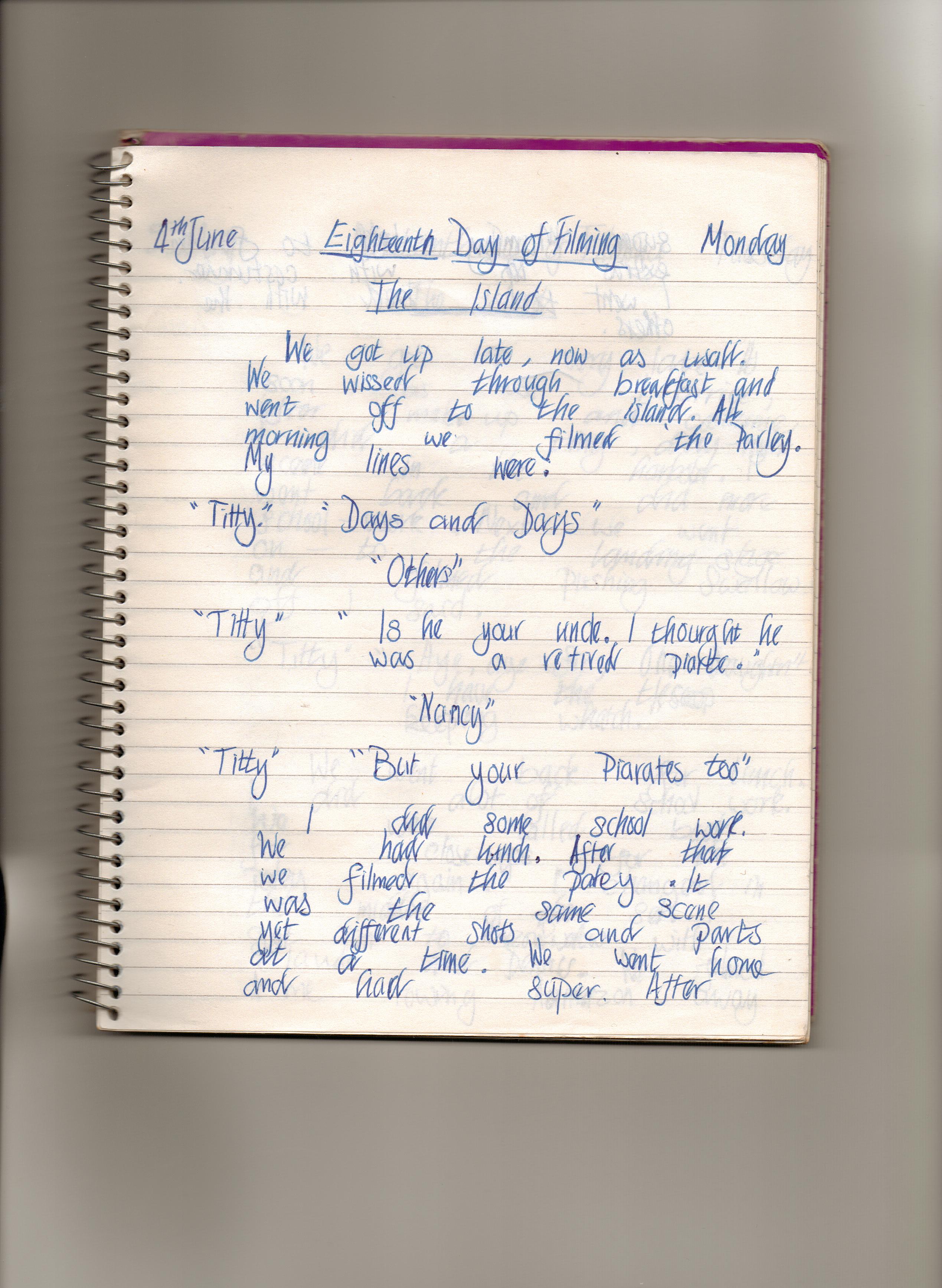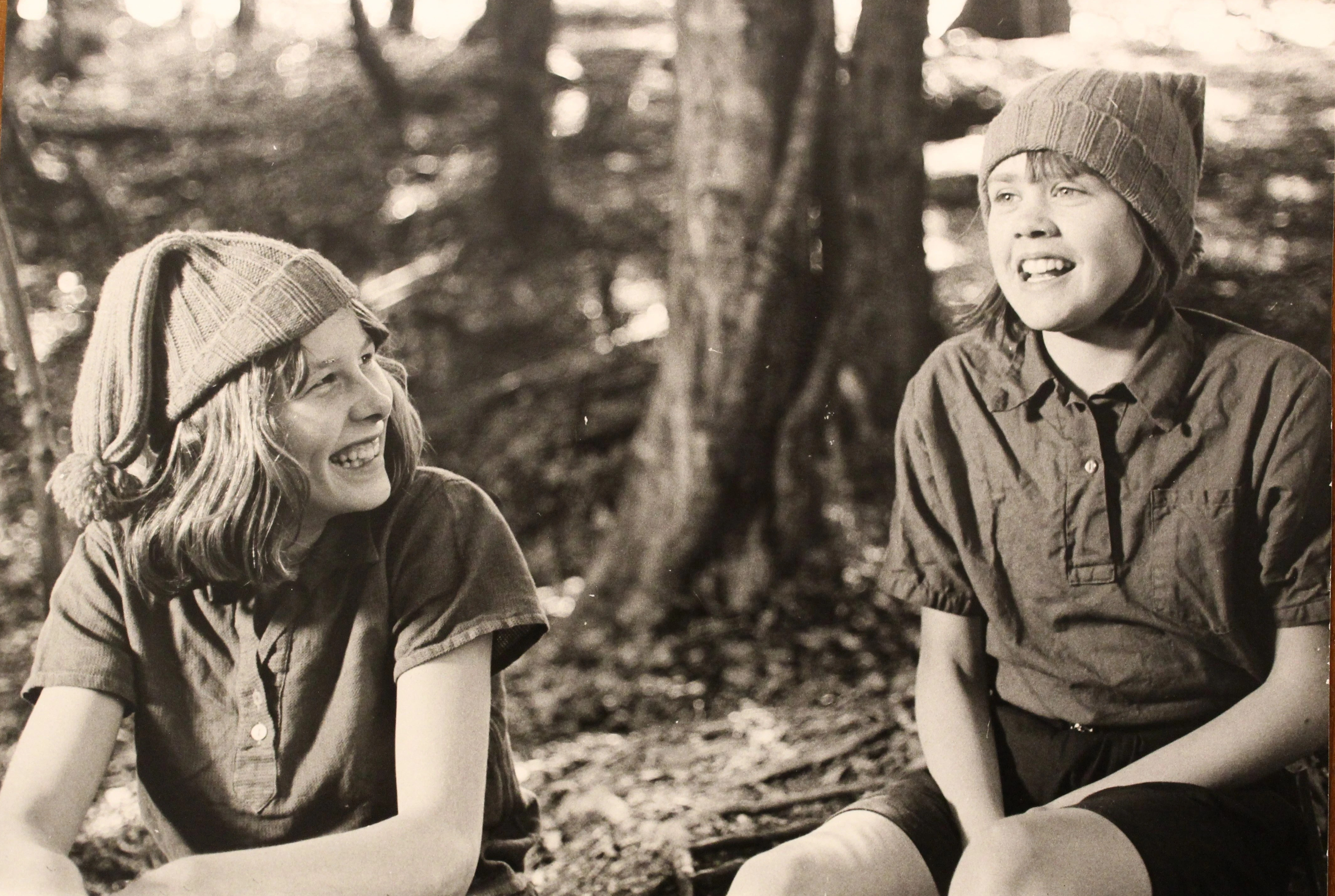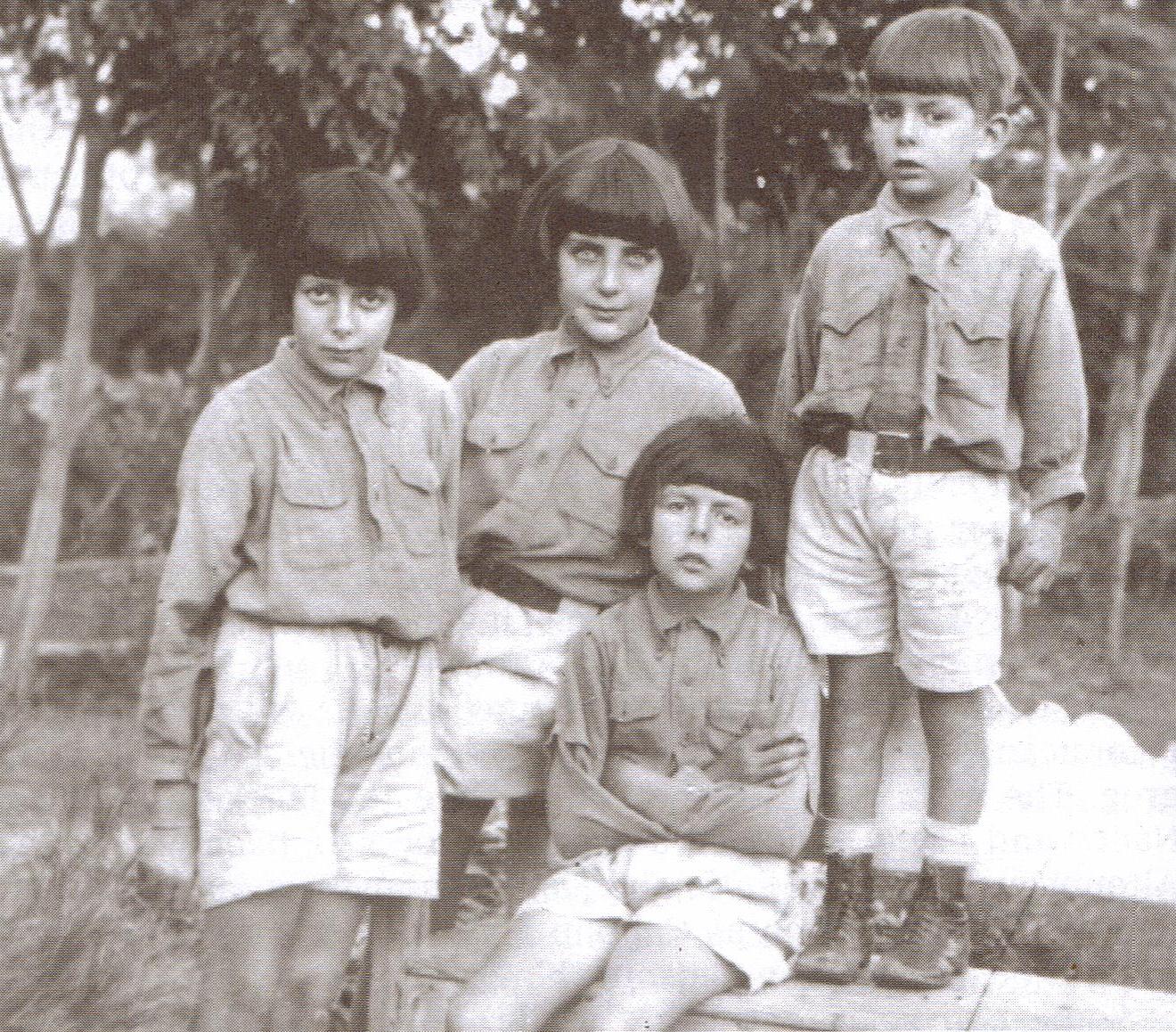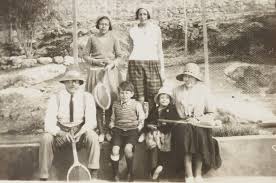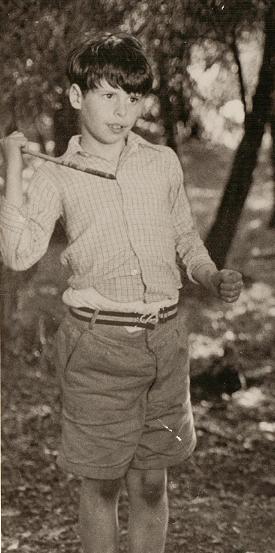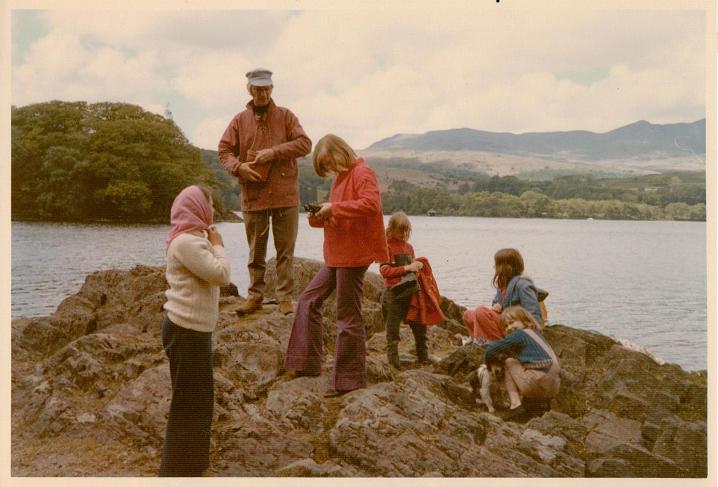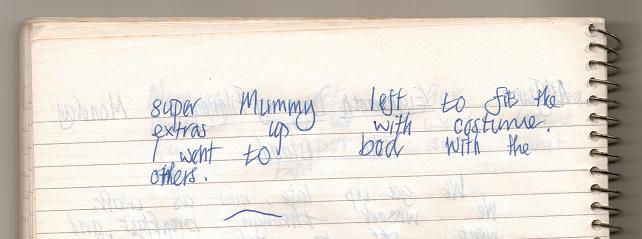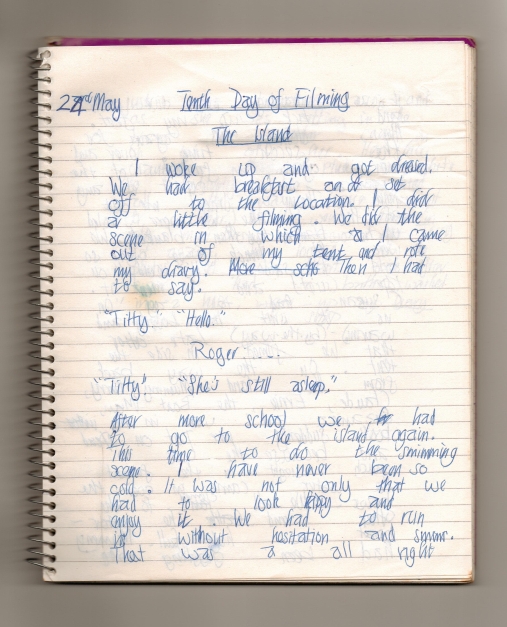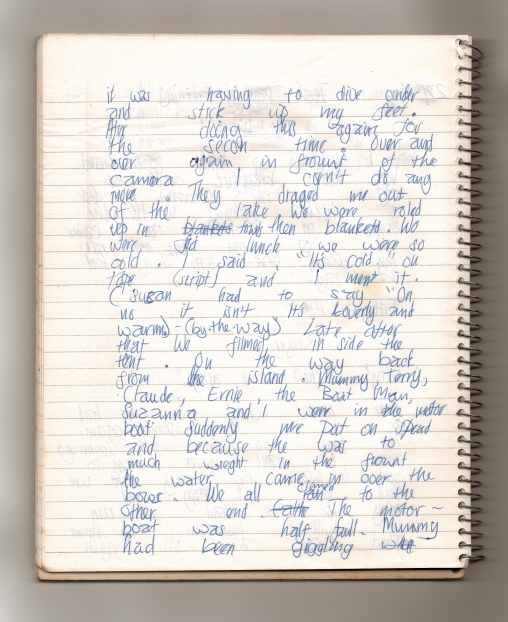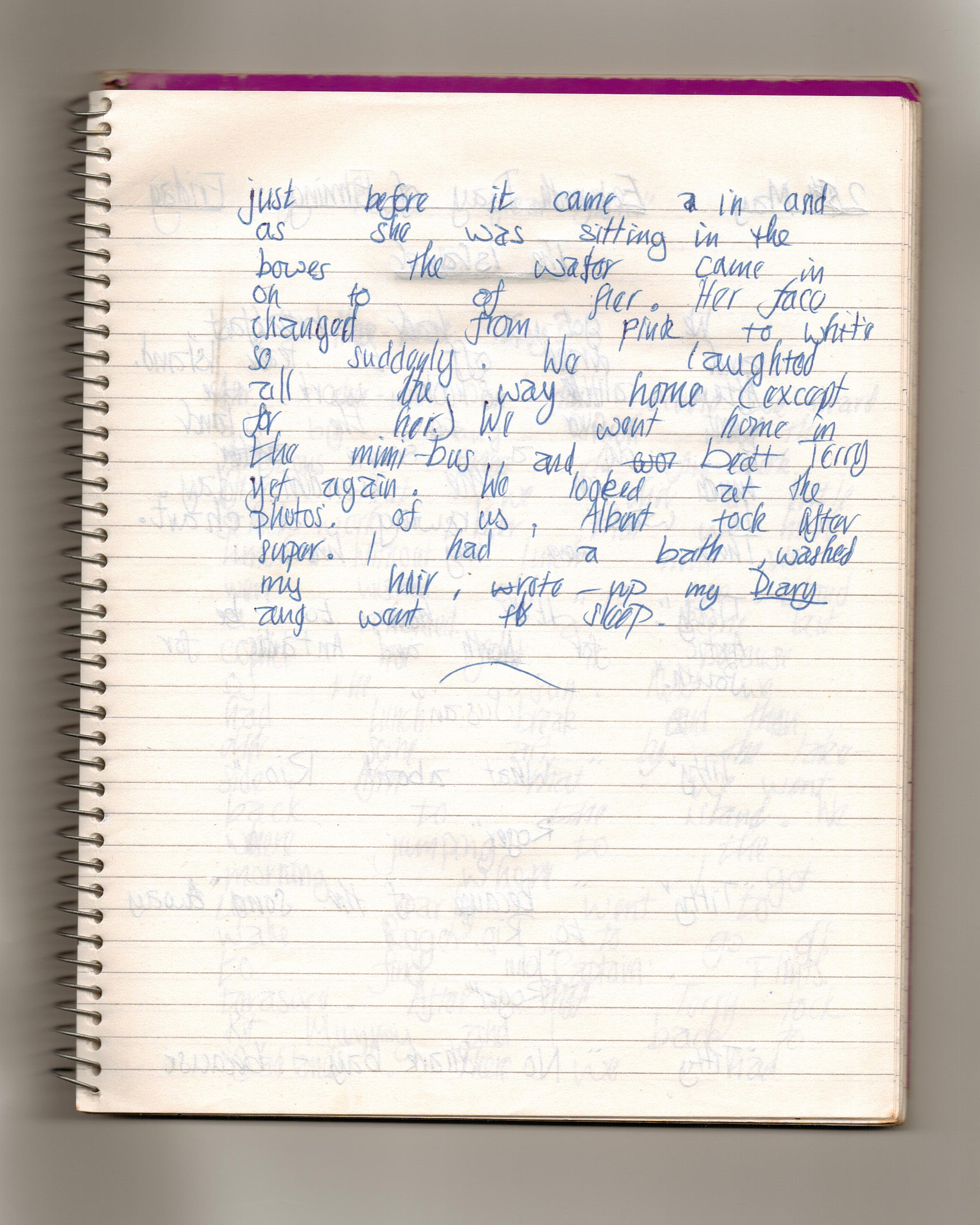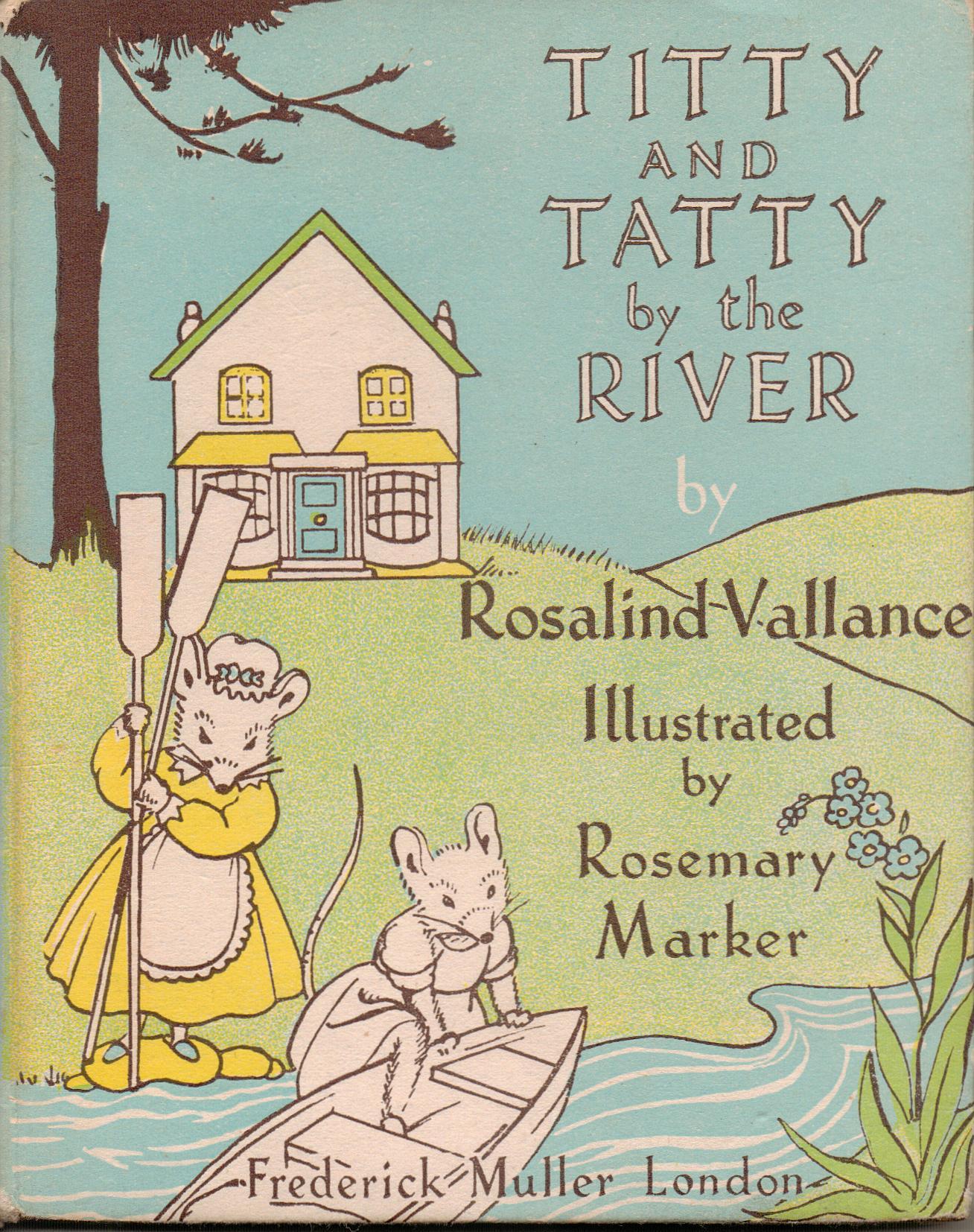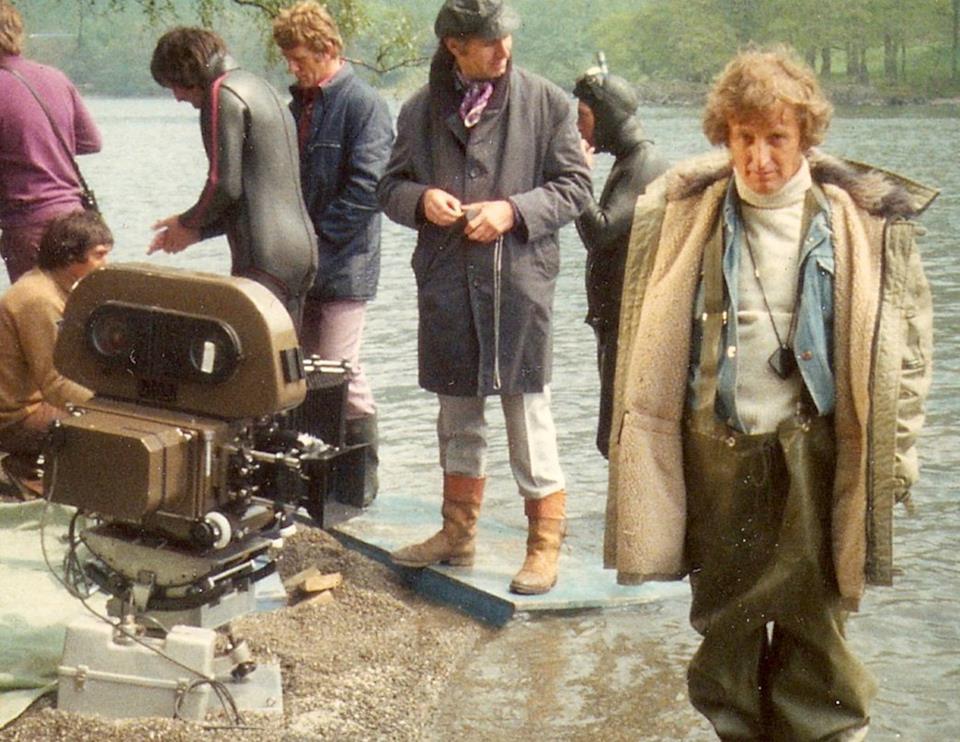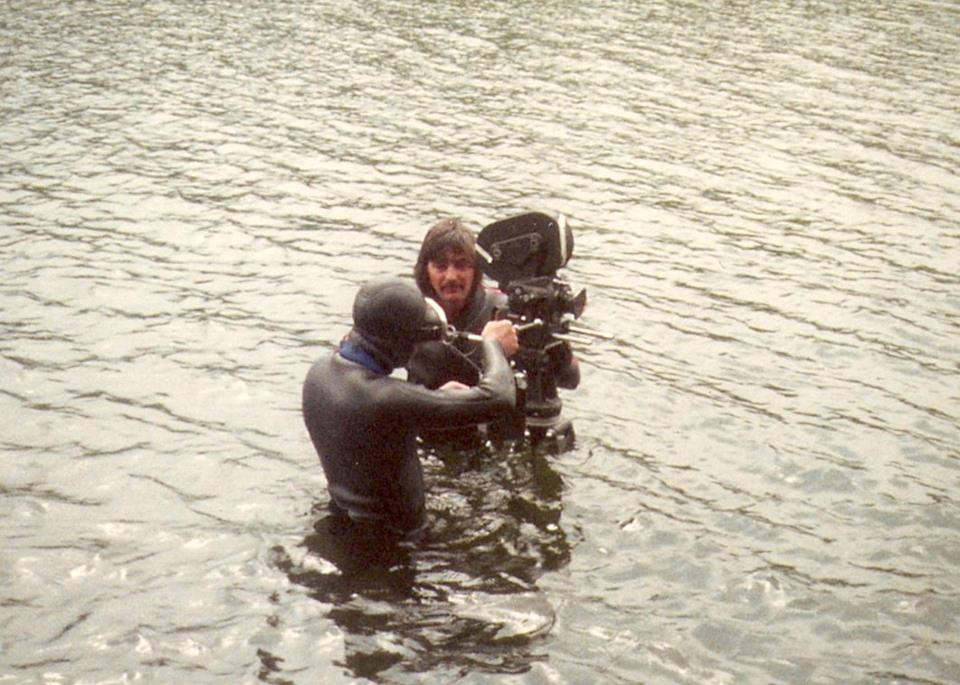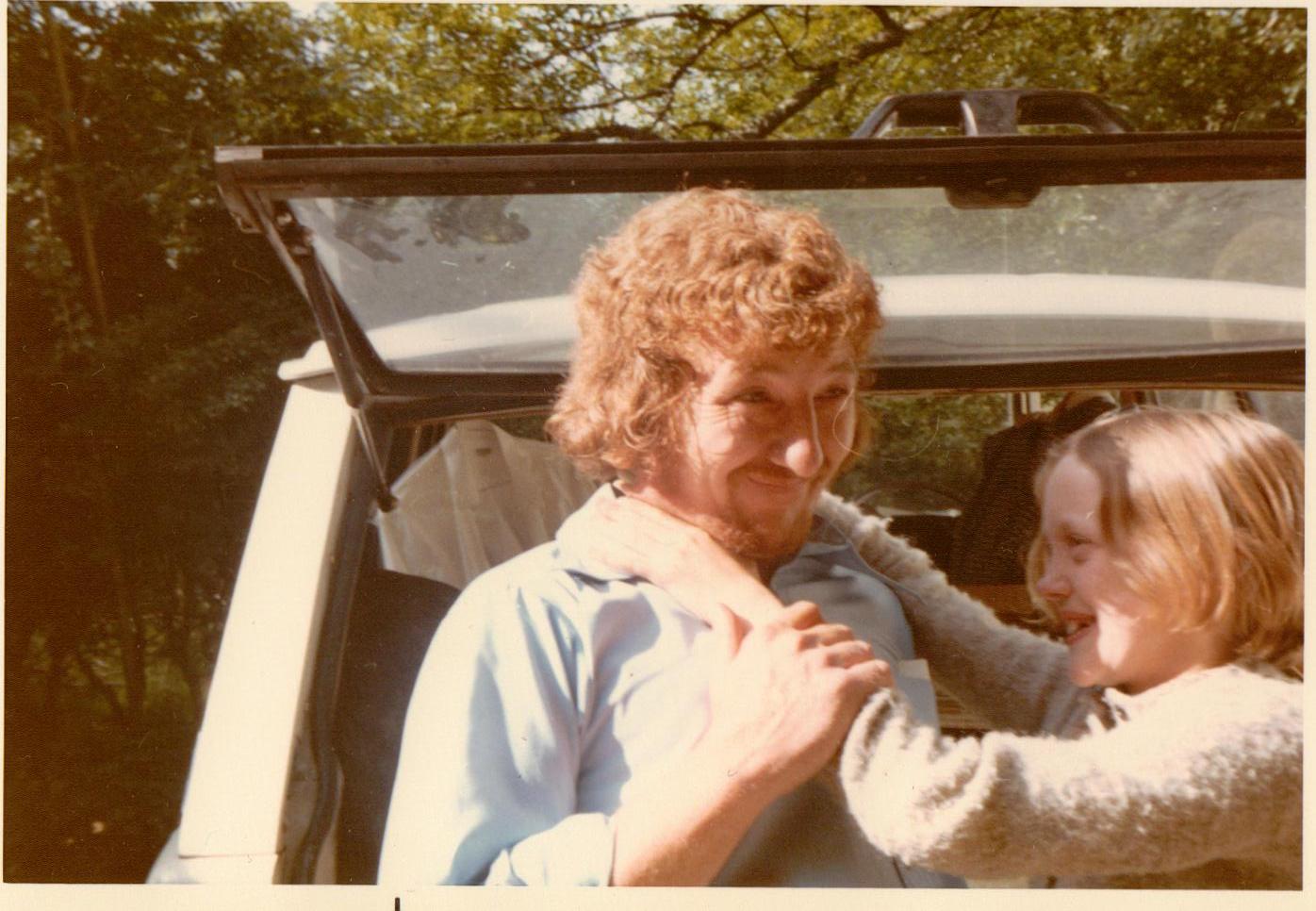Author Arthur Ransome loathed BBC’s ‘Swallows and Amazons’, his diaries reveal

When the BBC announced plans to recreate the classic outdoor children’s sailing adventure Swallows and Amazons it was hailed as a blockbusting antidote to the health and safety culture of the mollycoddled video-game generation…
However, previously unread diaries of its creator, Arthur Ransome, reveal that the author considered the corporation’s last attempt to bring his much-loved story to life to be a “ghastly mess” marred by “dreadful ham” acting. The diaries reveal how Ransome clashed repeatedly with BBC executives in the early 1960s when the BBC commissioned a six-part dramatisation for television, starring Susan George, then aged 12, as Kitty (changed from the original Titty) Walker.
Ransome, then in declining health, was living in virtual retirement in his remote Cumbrian cottage Hill Top overlooking the spectacular Rusland valley with his wife Evgenia – the former secretary to Leon Trotsky, whom he met while working as a foreign correspondent and spying for Britain in revolutionary Russia. It was a spartan existence, often with no electricity or running water.
In a series of brusque entries at odds with his generally affable demeanour, he describes how he repeatedly fought with BBC executives over attempts to introduce two new characters – Ernie and Sam – to the story. Both he and his wife attempted to rewrite the script after concluding that one episode was “bad beyond belief”.

At his home Hill Top with his publisher Rupert Hart-Davies
“I have agreed to Genia’s proposal that we shall wash our hands of the film leaving it to Mr Walls [of the BBC] to play the farceur as much as he likes. They may be right in thinking that vulgar ham acting is what the T.V. gapers want,” he wrote in July 1962.
Ransome was particularly unimpressed with the performance of popular British actor John Paul as Captain Flint – the character… said to be based on Ransome himself – describing it as “dreadful HAM”.
On attending a screening at the Hammer Theatre in Wardour Street, central London in October 1962, he concluded: “Saw the ghastly mess they have made of poor old Swallows and Amazons … MacCullogh [his friend Derek MacCullogh, former head of children’s broadcasting at the BBC who was also known as the presenter Uncle Mac] did not come possibly to avoid trouble with his employers.” It was eventually broadcast the following year.
Stephen Sykes now owns Hill Top and has restored the Ransomes’ former home. He is also helping transcribe the author’s sparsely detailed diaries from his years at Hill Top, which are kept at Leeds University’s Brotherton Library. Sykes said the writer received £3,500 for agreeing to the BBC broadcast – a considerable amount of money. “He was clearly making a very good living out of the rights to Swallows and Amazons. This was his baby and he had obviously pored over it. It is a very leanly written story and it was pretty clear it was written by a journalist because of its clarity, because there is nothing extraneous,” he said.

Hill Top in the Lake District today
“He is extremely protective of his own work. He felt he didn’t want a word changing, and that he had honed the story down and it was what it was,” he added.

Swallows and Amazons was first published in 1930. It recounts the adventures of the children from two families who while away an idyllic summer getting into scrapes sailing their dinghies across Coniston Water and Lake Windermere. As well as the television series, many theatrical and musical adaptations have been staged, and the story was made into a film in 1974 staring Ronald Fraser and Sophie Neville.
When the latest project was announced in 2011, head of BBC Films Christine Langan said it would seek to encapsulate a forgotten era of childhood adventure “from the pre-health and safety generation”.
Producer Nick Barton of Harbour Pictures, who is collaborating on the film with the BBC, the Arthur Ransome Society and the author’s literary estate, said it had not been decided yet whether the children would be shown sailing without their life jackets.
But he said viewers could expect to experience the full majesty of the book’s setting. “The lakes and the mountains are very big and we are keen to recreate that grandeur of the scenery in the film,” he said. A spokeswoman for BBC Films said: “The film is still in development.”
To see a copy of the original article online, please click here
To contact Stephen Sykes at Hill Top, the Ransome’s last home, please click here


